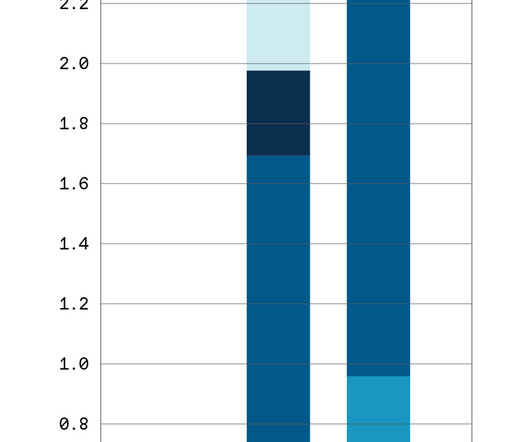Simulation study suggests ORC waste heat recovery system could deliver potential 7% improvement in fuel consumption in a PHEV on highway
Green Car Congress
OCTOBER 10, 2012
The analysis used the Ohio State University EcoCAR, a student prototype PHEV, as the basis for the preliminary fuel economy evaluation. The OSU EcoCAR PHEV powertrain. This value represents the upper limit for waste heat recovery systems to convert thermal energy from the exhaust gases into mechanical energy. Power from ORC.
































Let's personalize your content